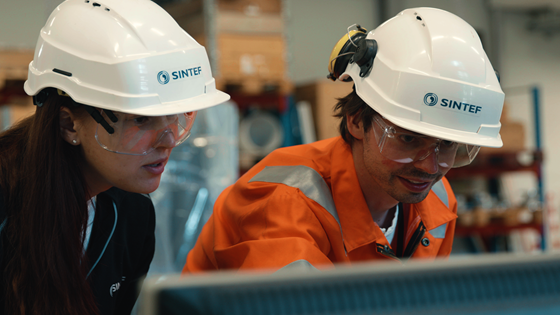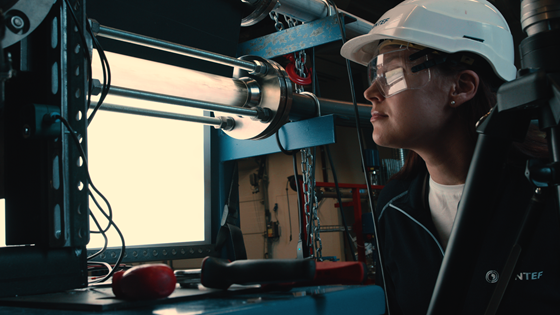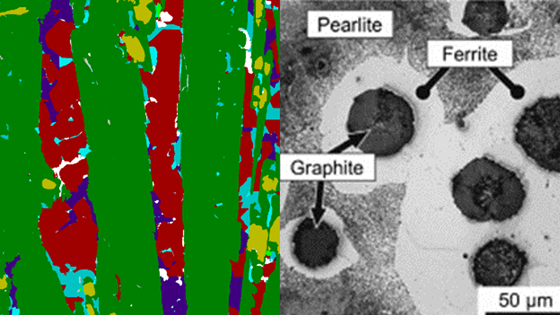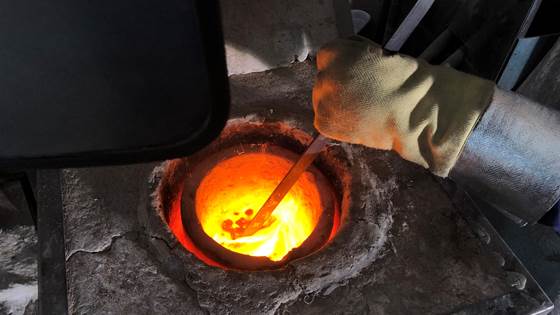
CAMELOT - Understanding charge, mass and heat transfer in fuel cells for transport applications
The project aims at better understanding of charge, mass and heat transports in new generation PEM fuel cells MEA for automotive applications.

The project aims at better understanding of charge, mass and heat transports in new generation PEM fuel cells MEA for automotive applications.

the objective of the CHANNEL EU project is to develop a low cost and efficient electrolyser stack and balance of plant (BoP) that will become a game-changer for the electrolyser industry.

The down-hole measurement of fluid flow is key to enabling operators to optimize production, improve reservoir management and maximise field recovery.

The Digiwell project aims at pushing the knowledge front describing profit and energy consumption in oil production using "digital wells".

The FlexSi project will generate new knowledge on solidification and microstructure of ferro-alloys. FlexSi project will develop innovative magnesium treatments by optimizing the material microstructure leading to increased productivity in the...

The aim of the GO2DEVICE project is to develop a new transistor for use in the power electronics sector, which has the potential to become faster, smaller and operate at higher power than existing options. Power electronics (PE) play an important...

The HIPlog system uses heat pulses released into the well fluid for real-time downhole flow monitoring. The system comprises autonomous heat sources installed in the well and software for interpretation of measured heat pulses. The HIP Source project...

The LowEx project aims at developing sheet ingot materials with low CO2 footprint for automotive heat-exchangers. The goal is to reduce CO2 emissions from current levels by at least 1 ton per ton aluminium produced.

In this study SINTEF has focuses on circular economic opportunities that are expected to have a large potential for reducing the climate gas emissions associated with Norwegian consumption and production. Over a dozen circular strategies were...